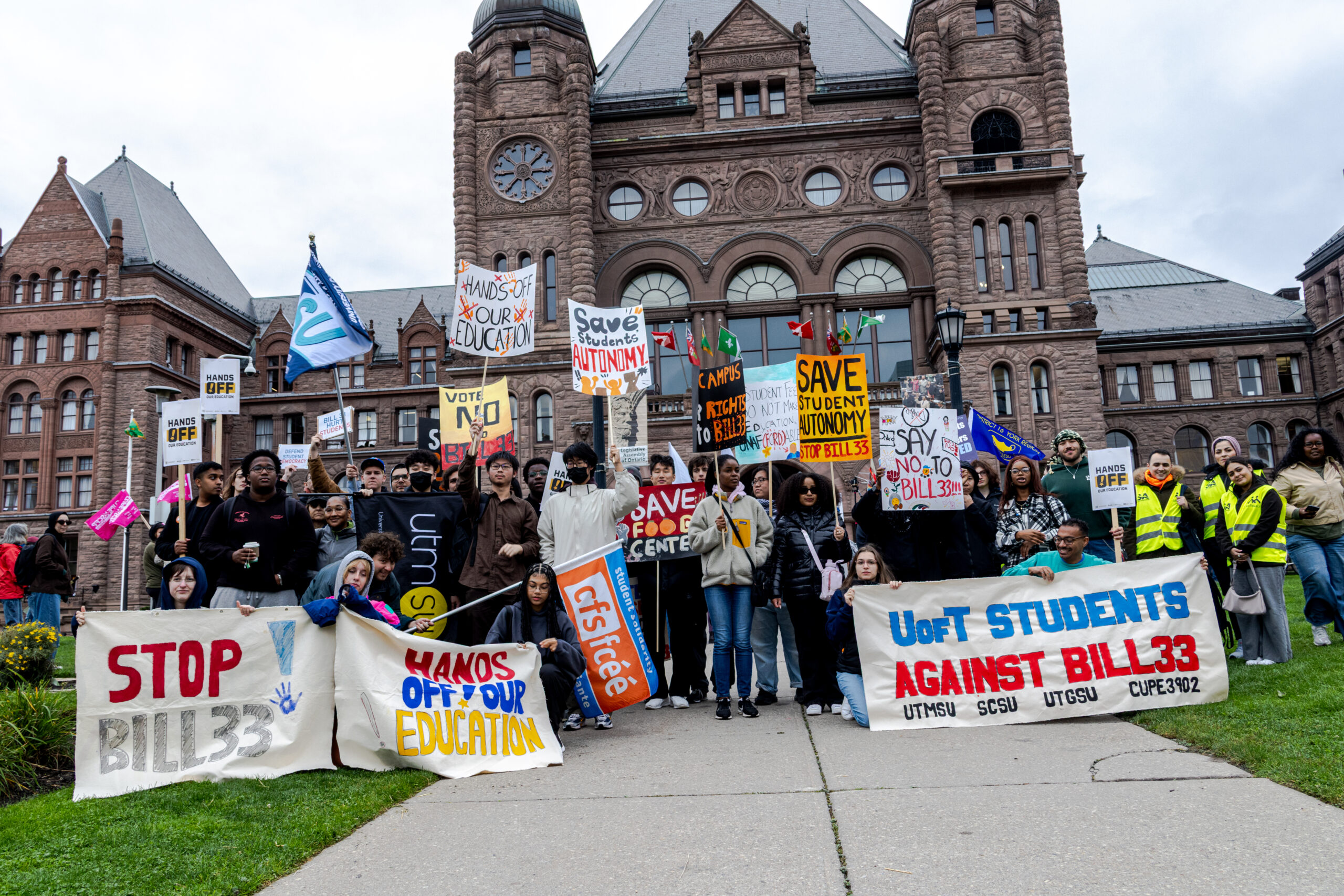Board of governors at Toronto-area colleges are disproportionally male and white
In many workplaces, diversity is becoming an important part of an organization’s key objectives. Leadership at the top is no exception.
But a survey of colleges’ board of governors in the Greater Toronto Area (GTA) shows that the boards, which are charged with making high-level decisions, are still predominantly male and white.
In terms of gender balance, the boards have almost twice as many men as women. The average representation of men on college boards is just over 64 per cent at Toronto-area colleges, which includes George Brown, Centennial, Durham, Humber, Seneca, and Sheridan, while women hover around 36 per cent.
“I think that visible minorities in general, women as well, are not represented on boards to the extent that they are represented in the population as a whole,” said Michele James, a Durham College board member. “So, for me, as a visible minority and a woman, I think it is still very rare to see us represented on corporate boards.”
An examination of the gender balance reveals a range of statistics. George Brown’s board of governors shows 17 members, of which 11 are men while six are women. When compared with other colleges in and around Toronto, the female representation on the GBC board is in the middle of the pack.
So while GBC’s student population by contrast is 57 per cent women, its board of governors is 35 per cent women.
GBC president Anne Sado has chaired many boards in the past and this issue has caught her attention.
“I quite often have noticed that when I join a board there are not very many women on it, so we’ve focused on that and we’ve had a pretty good track record of anywhere from 33 to 57 per cent (female representation) if I look at any given year.”
In terms of racial diversity, publicly available information on GBC’s board appears to have at least 29 per cent visible minorities on the board, slightly above the 24 per cent average of GTA colleges.
GBC said they don’t ask board members to self-identify according to spokesperson Brian Stock but that The Dialog’s estimate was as close as one could get.
A request to Humber to verify the number of people who identify as visible minorities was not returned by press time.
The 2016 census by Statistics Canada showed 51.5 per cent of people in the city belonged to a visible minority group. Data on students and staff at the college who identify as a visible minority is not available.
At the lower end of the spectrum is Durham College, where there are just two visible minorities on a board of 15. In the Durham region, 27 percent of people identify as a visible minority.
James, who joined the Durham board in 2016, has also noticed the makeup of the groups that have attended various college conferences and summits she has been a part of.
“I’m not speaking on behalf of other colleges, but I’m just saying from my vantage point when I do get a chance to go out to these bigger events, I’m struck by the lack of diversity.”
As for George Brown, a board position was just recently filled as Gerard Hayes was elected to begin serving on Sept. 1. As for filling other openings as they arise, Sado made it clear that they have criteria to follow.
“We’re always looking at diversity, but also trying to choose the right and the best candidate for the board so that they can support us in doing the work that we do.”
A recent report by business law firm Osler, Hoskin and Harcourt LLP, found that in 2016, of the S&P/TSX 60 companies that disclosed, just under 25 per cent of total board seats were occupied by women.


